How To Make Solar Filter For Camera ?
To make a solar filter for a camera, you will need a sheet of solar filter material specifically designed for safe solar viewing. Cut the material to fit the size of your camera lens and secure it tightly using tape or a filter holder. Ensure that the filter completely covers the lens and does not allow any direct sunlight to enter. It is crucial to use a certified solar filter to protect your eyes and camera from the harmful effects of the sun.
1、 Introduction to Solar Filters for Cameras
Introduction to Solar Filters for Cameras
Solar filters for cameras are essential tools for capturing stunning images of the sun without damaging your camera or your eyes. These filters are designed to block out harmful ultraviolet and infrared rays, allowing only a safe amount of visible light to pass through. With a solar filter, you can capture the sun's surface features, sunspots, and even solar eclipses with clarity and detail.
To make a solar filter for your camera, you will need a few materials. The most important component is a sheet of solar filter film, which is specifically designed for solar observation. This film is made of a special material that blocks out most of the sun's harmful rays while allowing a small fraction of visible light to pass through. You can purchase solar filter film online or from specialized astronomy stores.
To create the filter, cut a piece of the solar filter film slightly larger than the front of your camera lens. Next, secure the film to a circular cardboard or plastic frame that matches the diameter of your lens. Make sure the film is taut and free from any wrinkles or bubbles. Finally, attach the filter to your camera lens using tape or a lens filter holder.
It is important to note that making your own solar filter requires precision and caution. Any gaps or imperfections in the filter can result in damage to your camera or your eyes. Therefore, it is recommended to purchase a professionally made solar filter if you are not confident in your DIY skills.
In recent years, there has been an increased emphasis on safety when observing the sun. It is crucial to use certified solar filters that meet international safety standards. Additionally, it is advised to consult with experienced photographers or astronomers for guidance on using solar filters and capturing the best possible images.
Remember, observing the sun can be a fascinating and rewarding experience, but it should always be done safely. Using a solar filter for your camera is a responsible way to enjoy the beauty of the sun while protecting yourself and your equipment.
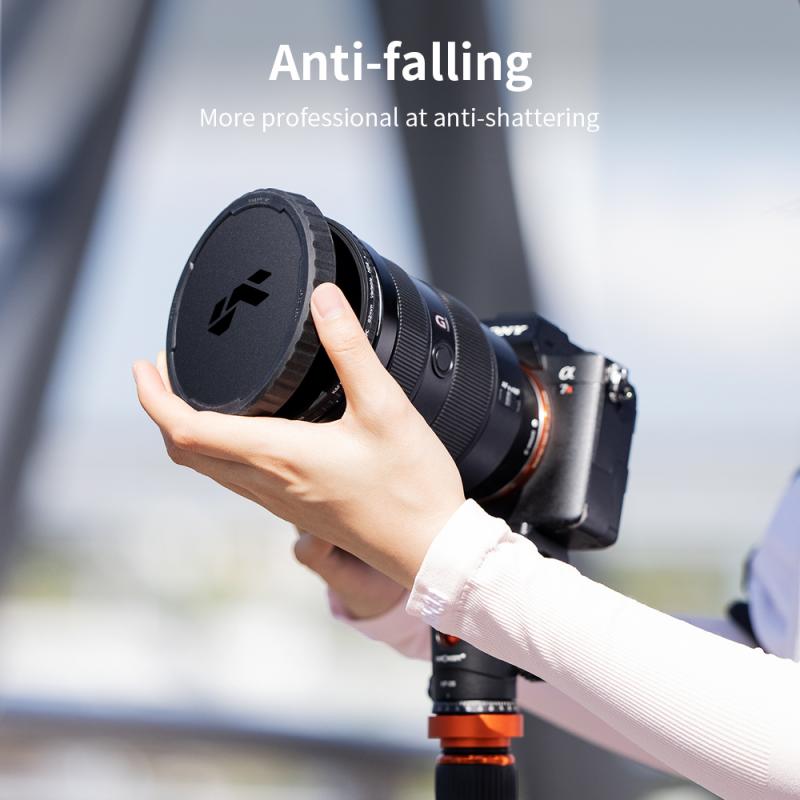
2、 Types of Solar Filters for Camera Photography
Types of Solar Filters for Camera Photography
When it comes to capturing the beauty of a solar eclipse or photographing the sun, it is crucial to use a solar filter to protect your camera and your eyes. There are several types of solar filters available for camera photography, each with its own advantages and disadvantages.
1. Solar Filter Sheets: These are thin sheets made of black polymer that can be cut to fit your camera lens. They are affordable and easy to use, but they may not provide the highest level of protection and can degrade over time.
2. Glass Solar Filters: These filters are made of specially coated glass that blocks out harmful solar radiation. They offer excellent protection and image quality, but they can be expensive and may require a specific size for your lens.
3. Solar Filter Film: This is a thin film that can be attached to your camera lens. It is affordable and provides good protection, but it may not offer the same level of image quality as glass filters.
4. Solar Filter Threaded Filters: These filters are screwed onto the front of your camera lens. They are convenient to use and provide good protection, but they can be expensive and may not be available for all lens sizes.
5. DIY Solar Filters: If you are feeling adventurous, you can make your own solar filter using materials like black polymer or solar filter film. However, it is crucial to ensure that the filter is properly made and securely attached to your camera lens to avoid any damage.
It is important to note that when using any type of solar filter, you should always follow the manufacturer's instructions and take necessary precautions to protect your eyes and equipment. Additionally, it is recommended to consult with experienced photographers or astronomy enthusiasts for the latest point of view and best practices in solar photography.
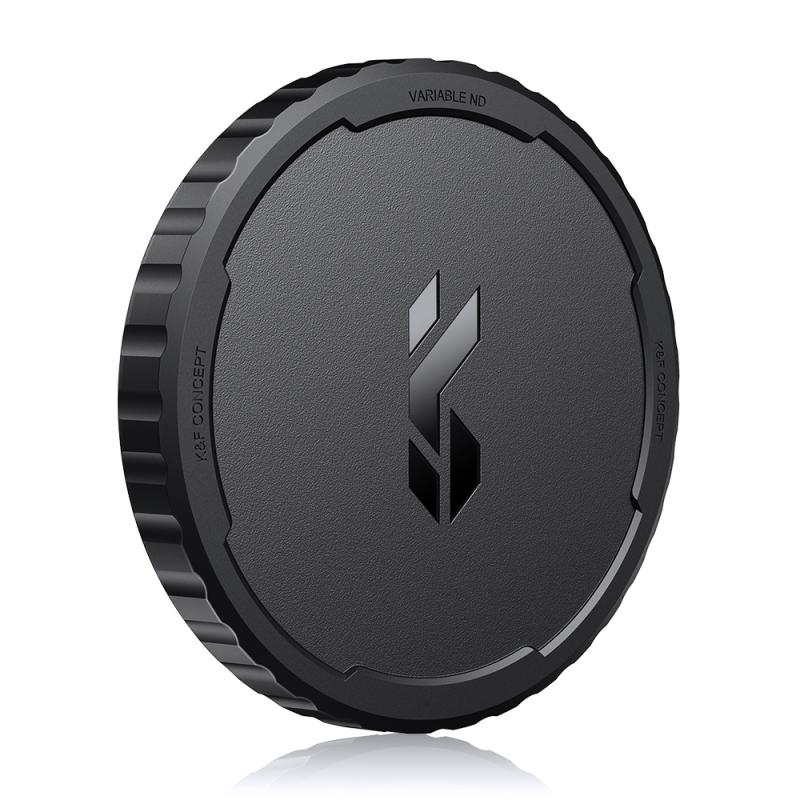
3、 DIY Solar Filter for Camera: Step-by-Step Guide
DIY Solar Filter for Camera: Step-by-Step Guide
Capturing the beauty of a solar eclipse or photographing the sun can be an exciting and rewarding experience. However, it is crucial to protect your camera and your eyes from the harmful effects of direct sunlight. One way to do this is by using a solar filter for your camera. Here is a step-by-step guide on how to make a solar filter for your camera:
1. Gather the materials: You will need a sheet of Baader AstroSolar Safety Film, a cardboard or plastic frame, scissors, tape, and a ruler.
2. Measure and cut the frame: Measure the diameter of your camera lens and cut a circular frame from the cardboard or plastic that is slightly larger than the lens.
3. Cut the filter material: Cut a piece of the Baader AstroSolar Safety Film that is slightly larger than the frame.
4. Attach the filter material to the frame: Place the filter material over the frame and secure it with tape. Make sure it is taut and free from wrinkles.
5. Test the filter: Before using the filter, make sure it is safe and effective. Point your camera at a bright light source (not the sun) and take a test photo. If the image is too bright or shows any signs of damage, adjust the filter accordingly.
6. Attach the filter to your camera: Carefully place the filter over your camera lens and secure it in place using tape or a lens cap.
It is important to note that photographing the sun can be dangerous if not done properly. Always follow safety guidelines and never look directly at the sun through your camera lens. Additionally, be aware of any updates or recommendations from reputable sources regarding solar filters and photography techniques.
In recent years, there has been an increase in the availability of commercially-made solar filters specifically designed for cameras. These filters often provide better protection and image quality compared to homemade filters. Therefore, it is worth considering purchasing a professionally-made solar filter if you plan on photographing the sun frequently or during significant events like a solar eclipse.
Remember, safety should always be the top priority when photographing the sun.
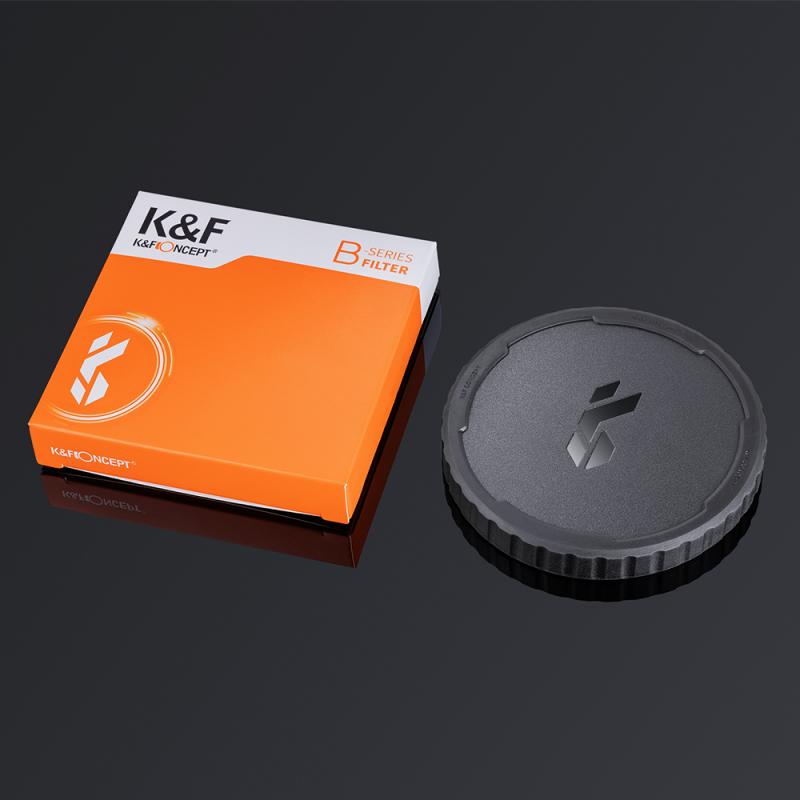
4、 Safety Precautions for Using Solar Filters with Cameras
Safety Precautions for Using Solar Filters with Cameras
When photographing the sun, it is crucial to use proper solar filters to protect your eyes and camera equipment. Here are some safety precautions to consider when using solar filters with cameras:
1. Purchase a certified solar filter: Ensure that the solar filter you use is specifically designed for solar viewing and photography. Look for filters that meet the ISO 12312-2 safety standard, which guarantees they provide adequate protection against harmful solar radiation.
2. Check for damage: Before using a solar filter, carefully inspect it for any scratches, punctures, or other damage that could compromise its effectiveness. Even a small flaw can allow dangerous levels of sunlight to reach your eyes or camera sensor.
3. Properly attach the filter: Make sure the solar filter is securely attached to your camera lens. It should fit snugly and cover the entire front element of the lens, with no gaps or loose edges. Avoid using tape or other makeshift methods to attach the filter, as they may not provide a secure fit.
4. Use live view or an electronic viewfinder: Instead of looking through the camera's viewfinder, use the live view function or an electronic viewfinder to compose and focus your shots. This reduces the risk of accidentally looking directly at the sun.
5. Limit exposure time: Avoid prolonged exposure to the sun, especially during peak hours when the sunlight is strongest. Limiting the time your camera is pointed at the sun helps prevent damage to both your eyes and camera sensor.
6. Be aware of lens flare: Solar filters can sometimes cause lens flare or ghosting in your images. Experiment with different angles and positions to minimize these effects.
7. Store the filter properly: When not in use, store your solar filter in a protective case or sleeve to prevent scratches or damage. Avoid exposing it to extreme temperatures or moisture, as this can degrade its effectiveness.
It is important to note that the information provided here is based on current knowledge and best practices. Always stay updated with the latest guidelines and recommendations from reputable sources, such as astronomy organizations or camera manufacturers, to ensure your safety when using solar filters with cameras.
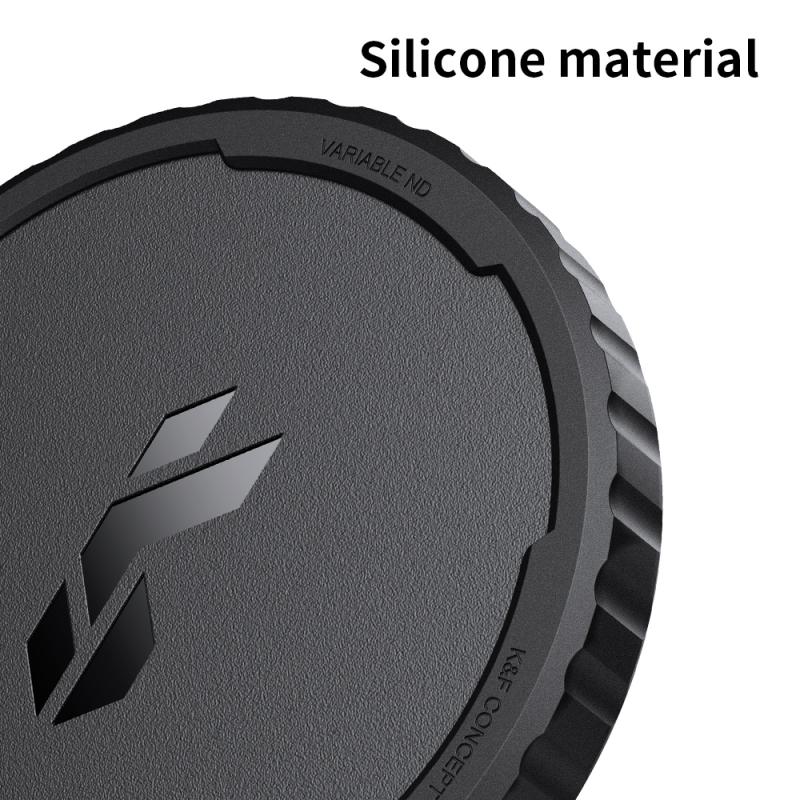





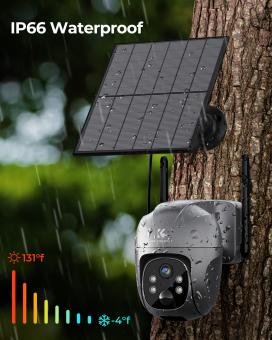






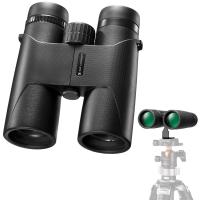
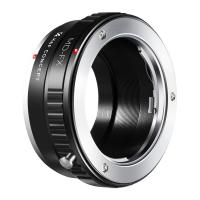




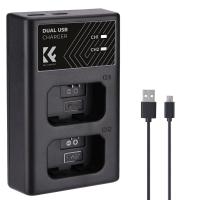
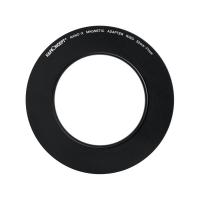
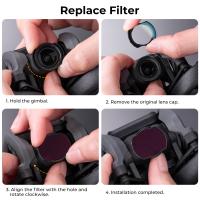
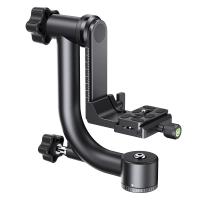



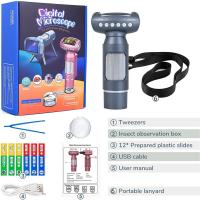
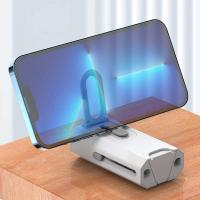
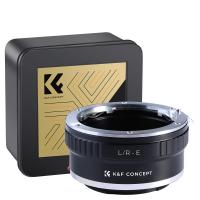
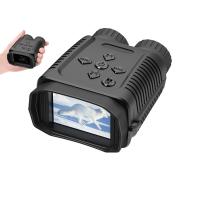
There are no comments for this blog.